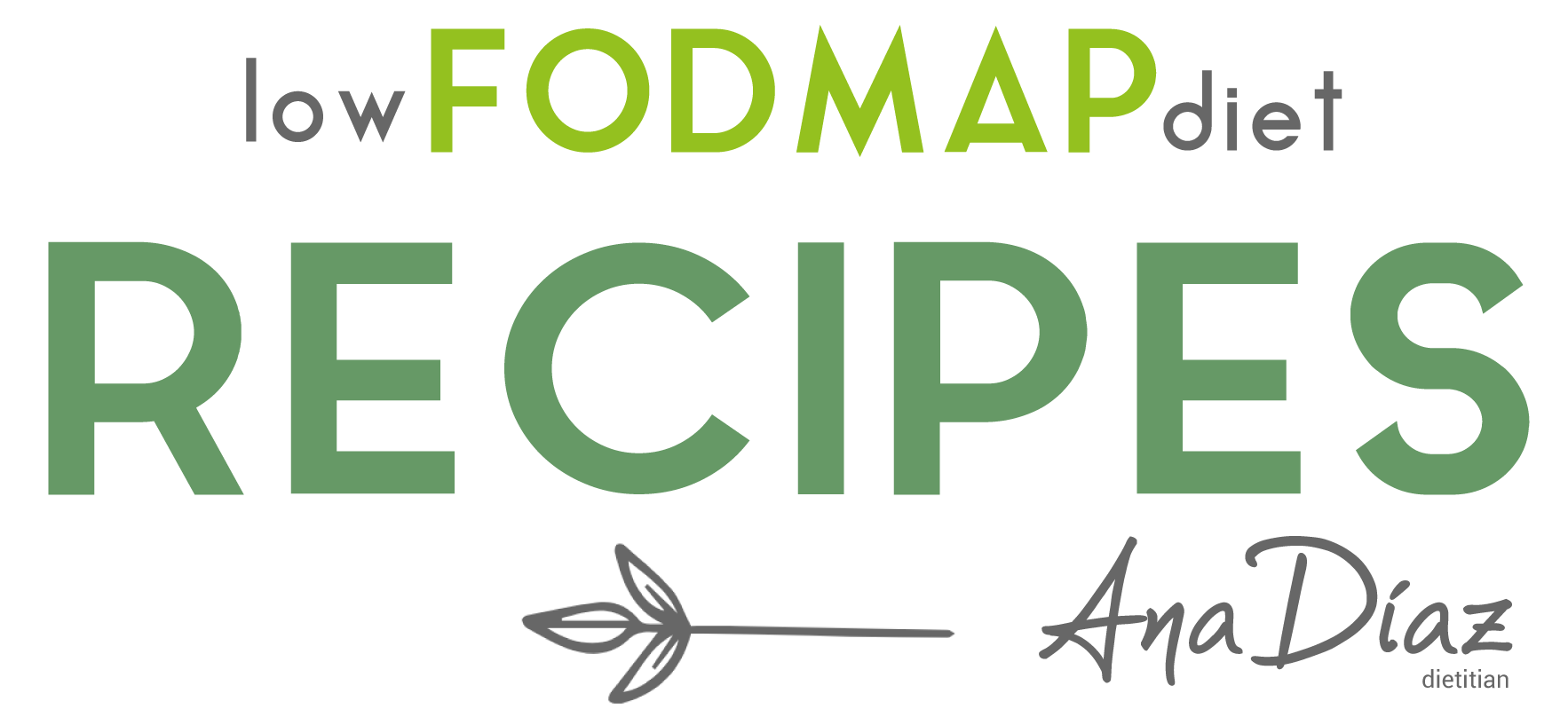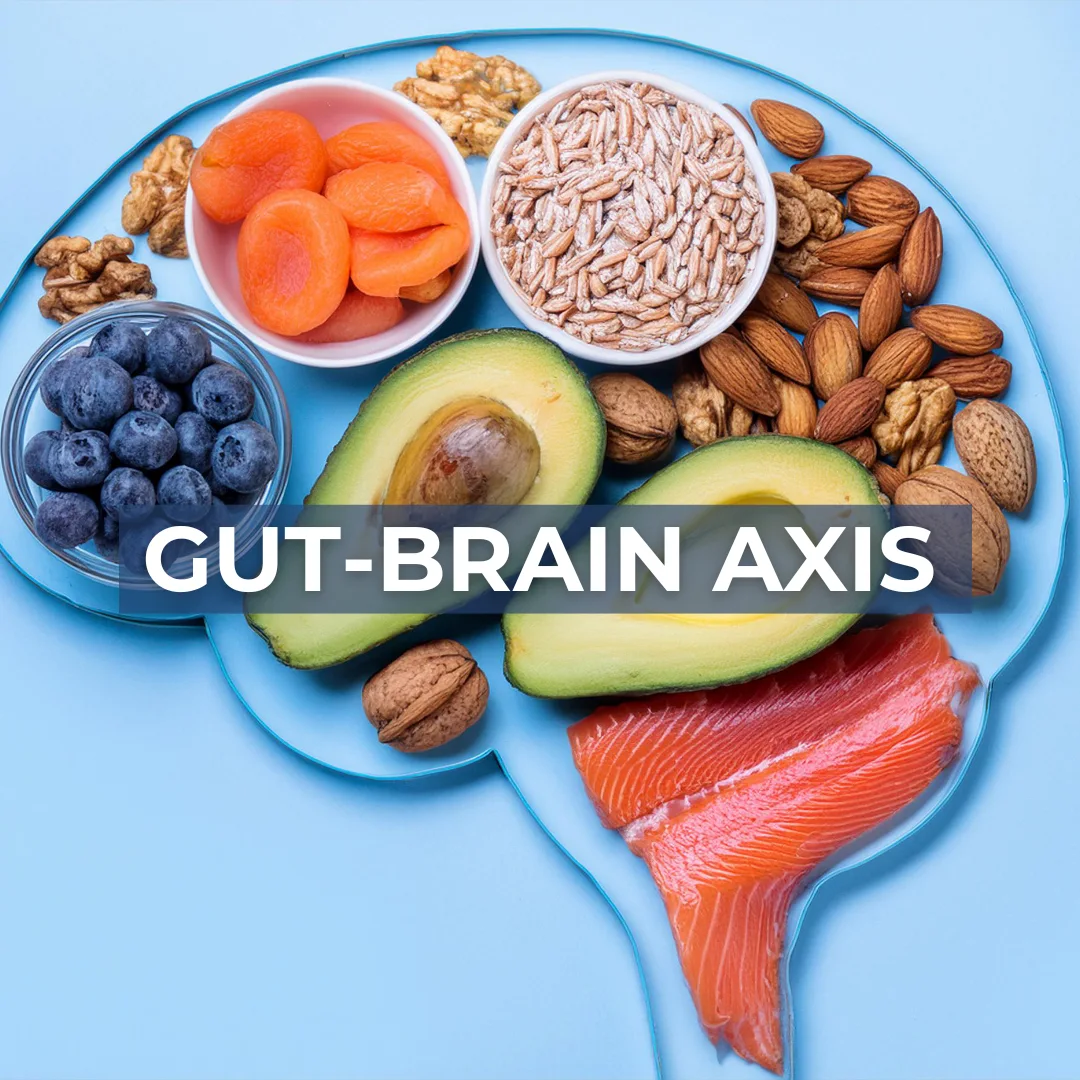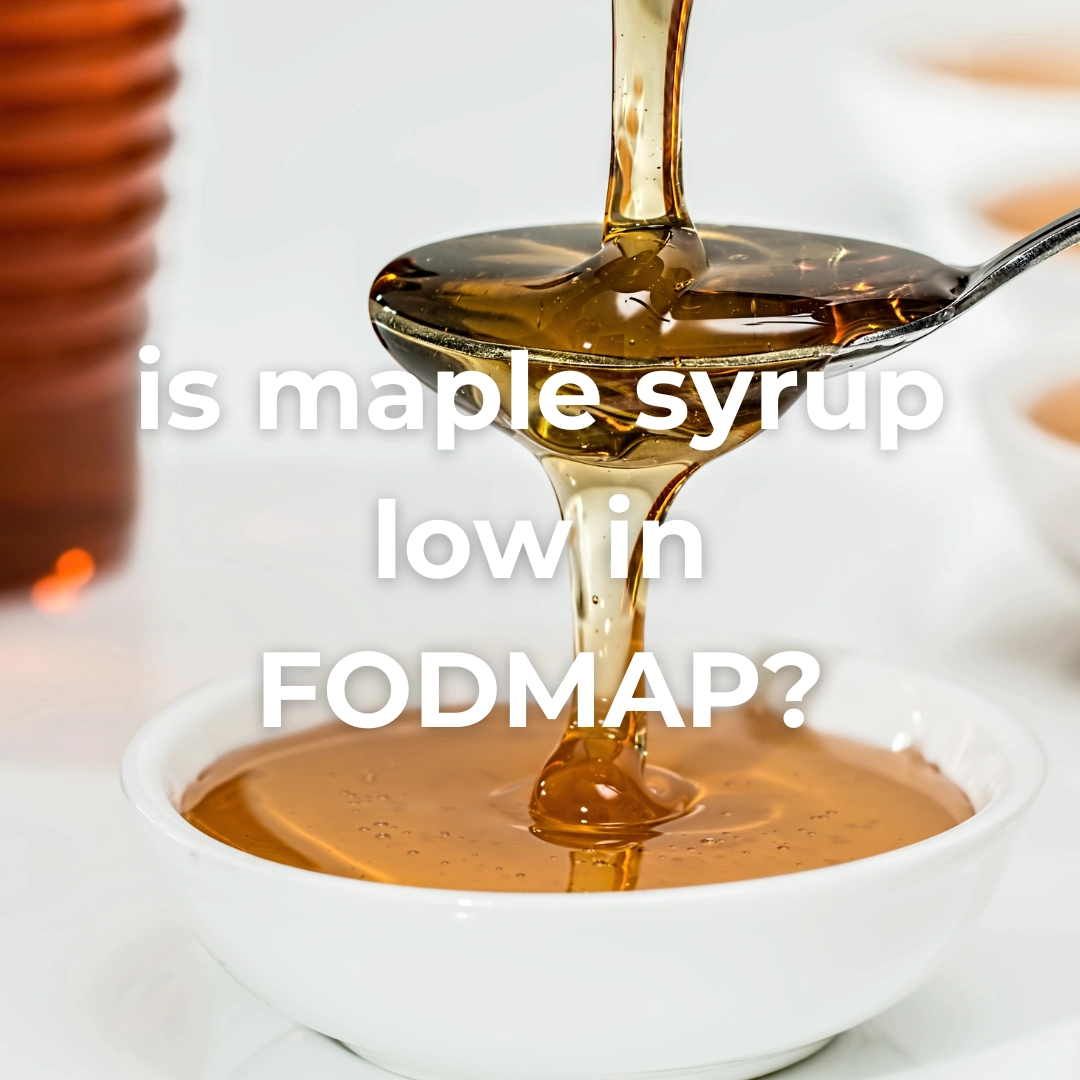Let’s decode the hidden triggers behind your gas and bloating, together.
Have you ever finished a “healthy” meal only to find yourself feeling uncomfortably bloated, gassy, or like your belly suddenly turned into a balloon? If so, you’re not alone, and you’re definitely not imagining things.
Many everyday foods that seem innocent (or even good for you!) can actually be common culprits behind gas and bloating, especially if you’re sensitive to certain types of carbohydrates called FODMAPs. In this post, I’ll walk you through 12 foods that could be at the root of your discomfort, explain why they cause bloating, and show you what you can do about it, without giving up joy at the table.
Let’s dive in!
What Causes Gas and Bloating in the First Place?
Before we explore specific foods, let’s quickly understand what’s happening in your body.
Bloating and gas happen when your gut struggles to digest or absorb certain components in food. Sometimes, these components are fermented by gut bacteria, producing gas (hello, balloon belly!). Other times, it’s about water retention or sluggish gut motility. This can lead to a range of symptoms: tightness, pressure, flatulence, cramps, and even visible abdominal swelling.
FODMAPs: The Sneaky Trouble-Makers
FODMAPs are short-chain carbohydrates that some people (especially those with IBS or sensitive guts) don’t absorb well. The term stands for:
- Fermentable
- Oligosaccharides
- Disaccharides
- Monosaccharides
- And
- Polyols
When FODMAPs reach the large intestine undigested, they’re fermented by bacteria, leading to gas, bloating, and other uncomfortable symptoms.
12 Everyday Foods That Could Be Making You Bloated
Now that we know the science, let’s get practical. These are 12 common foods that could be at the root of your discomfort, even if they seem healthy or harmless.
1. Onions and Garlic
These flavorful kitchen staples are packed with fructans, a type of oligosaccharide. Even in small amounts, they can be a major bloating trigger for sensitive tummies.
Try instead: Use garlic-infused olive oil or the green tops of spring onions for flavor without the fermentable carbs.
2. Apples
“An apple a day” may not sit well if you’re sensitive to FODMAPs. Apples are high in both fructose and polyols (specifically sorbitol), which can cause gas and bloating.
Try instead: Low FODMAP fruits like kiwi, strawberries, or oranges.
3. Wheat and Rye (Especially in Bread and Pasta)
While not problematic for everyone, these grains contain fructans and can also contribute to water retention and bloating in sensitive individuals, even without gluten sensitivity.
Try instead: Gluten-free bread made from oats, quinoa, or sourdough spelt (in moderation).
4. Beans and Lentils
While they’re rich in fiber and plant protein, legumes are also loaded with galacto-oligosaccharides (GOS), which are highly fermentable.
Try instead: Canned lentils or chickpeas that have been well-rinsed (smaller portions are tolerated in a low FODMAP diet).
5. Dairy Products
If you’re lactose intolerant (or even just sensitive) milk, soft cheeses, and yogurts can lead to fermentation, gas, and bloating.
Try instead: Lactose-free milk, hard cheeses like parmesan, or plant-based alternatives (just watch for added gums or polyols!).
6. Broccoli and Cauliflower
These cruciferous veggies are known for being gas-inducing due to their raffinose content and high fiber.
Try instead: Carrots, zucchini, or bok choy, all easier on the gut.
7. Watermelon
This summer favorite is high in fructose and polyols, making it a double whammy for people who bloat easily.
Try instead: Cantaloupe or papaya, which are lower in FODMAPs and gentler on digestion.
8. Chewing Gum and Sugar-Free Sweets
These often contain sorbitol, mannitol, or xylitol: sugar alcohols that are notorious for causing bloating and diarrhea in many people.
Try instead: Fresh mint leaves for breath or sweets made with stevia or monk fruit.
9. Soft Drinks and Sparkling Water
Carbonation introduces air into your digestive tract, leading to gas buildup, even if you’re not eating a problematic food.
Try instead: Still water with lemon, cucumber slices, or mint for natural flavor.
10. Cashews and Pistachios
These nuts are high in FODMAPs and can be difficult to digest in large quantities.
Try instead: Almonds (limit to 10), macadamia nuts, or walnuts.
11. Mushrooms
Many types of mushrooms, especially button or portobello, are rich in polyols and can ferment in the gut, leading to gas.
Try instead: Oyster mushrooms or canned champignons (in small portions).
12. High-Fat or Fried Foods
Even if they’re technically low FODMAP, fried foods slow digestion and can cause bloating due to delayed gastric emptying.
Try instead: Grilled or baked options with healthy fats like olive oil or avocado (in small portions).
How to Beat the Bloat Without Giving Up Everything You Love
You might be thinking, “Do I need to give up all these foods forever?” Not at all.
The goal isn’t restriction, it’s personalization. As a dietitian specialized in the Low FODMAP Diet and gut health, I help my clients identify their specific triggers and build a diet that nourishes their bodies and minds.
Phase 1: Temporary Elimination, Not a Life Sentence
In the elimination phase of the low FODMAP diet, we temporarily remove high-FODMAP foods to calm the gut. After a few weeks, we reintroduce them strategically to pinpoint the specific culprits.
This step-by-step process brings clarity and confidence, and helps you enjoy food again without fear.
Phase 2: Strengthening Your Gut from the Inside Out
Gut health isn’t just about food. If you’re feeling bloated often, we also look at:
- Microbiome balance: Are your gut bugs helping or hurting you?
- Stress management: Chronic stress can affect how your gut moves and feels.
- Movement: Gentle exercise like walking or yoga can help gas pass through.
- Sleep: Poor sleep weakens digestion and inflammation regulation.
You’re not just what you eat; you’re also how you live.
Let’s Take a Look at Your Unique Situation
Everyone’s digestive system is a little different. What causes bloating in one person might be perfectly fine for another.
If you’re tired of guessing, Googling, or avoiding social situations because of belly issues, I’m here to help. My approach combines:
- Science-backed nutrition
- Mindful habit change
- Personalized coaching that meets you where you are
Together, we’ll build a food and lifestyle plan that fits your goals, supports your gut, and makes you feel like you again.
Final Thoughts: You Deserve to Feel Comfortable in Your Body
Gas and bloating might be common, but that doesn’t mean they’re normal. You don’t have to live with a constantly upset tummy or rely on vague advice from the internet.
By understanding your body, tuning into your unique triggers, and making small intentional changes, you can reclaim comfort, energy, and peace at the table.
If you’re ready to get to the root of your symptoms and feel better from the inside out, I’d love to support you on your journey.
Ready to Start Feeling Better?
Explore my blog for more articles on digestion, gut health, and low FODMAP recipes. And if you’re looking for personalized support, feel free to reach out; your journey to a happier belly starts here 💛





